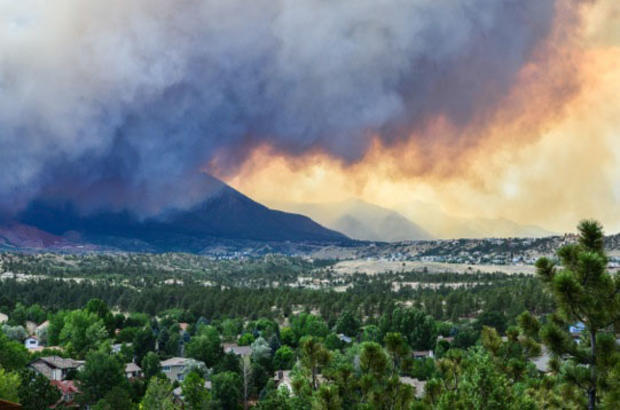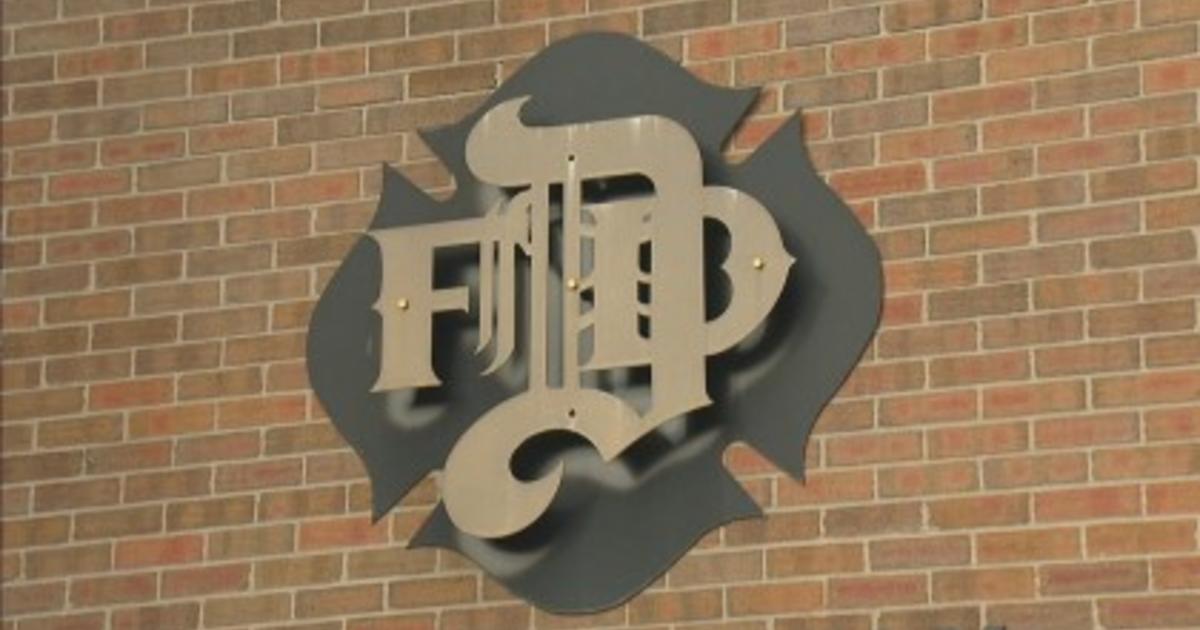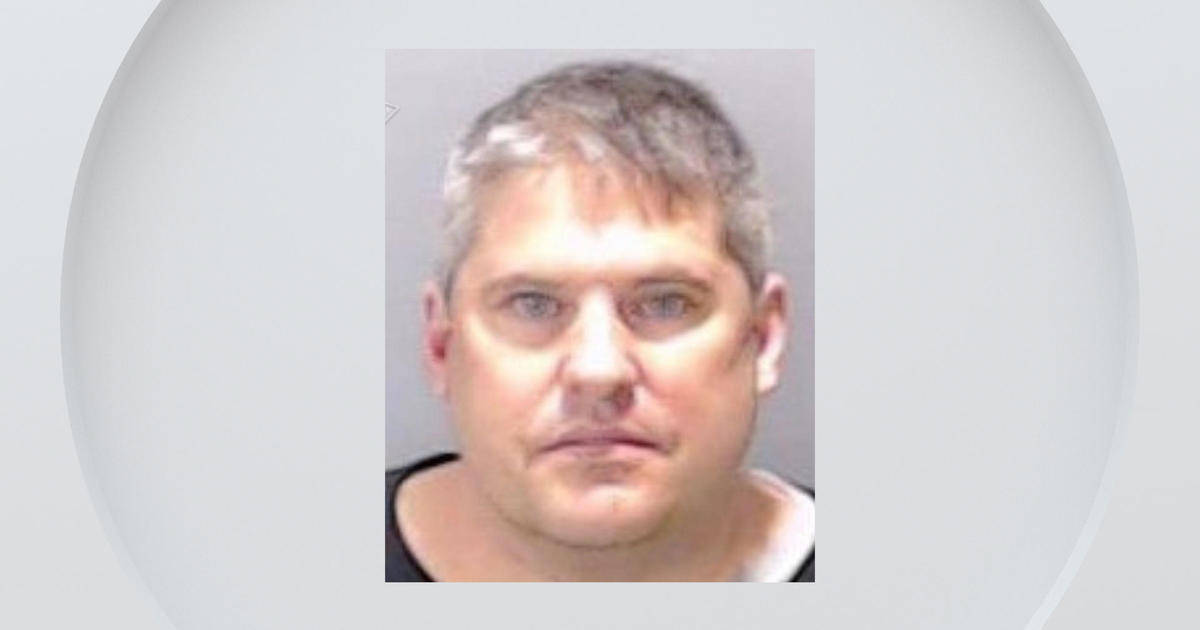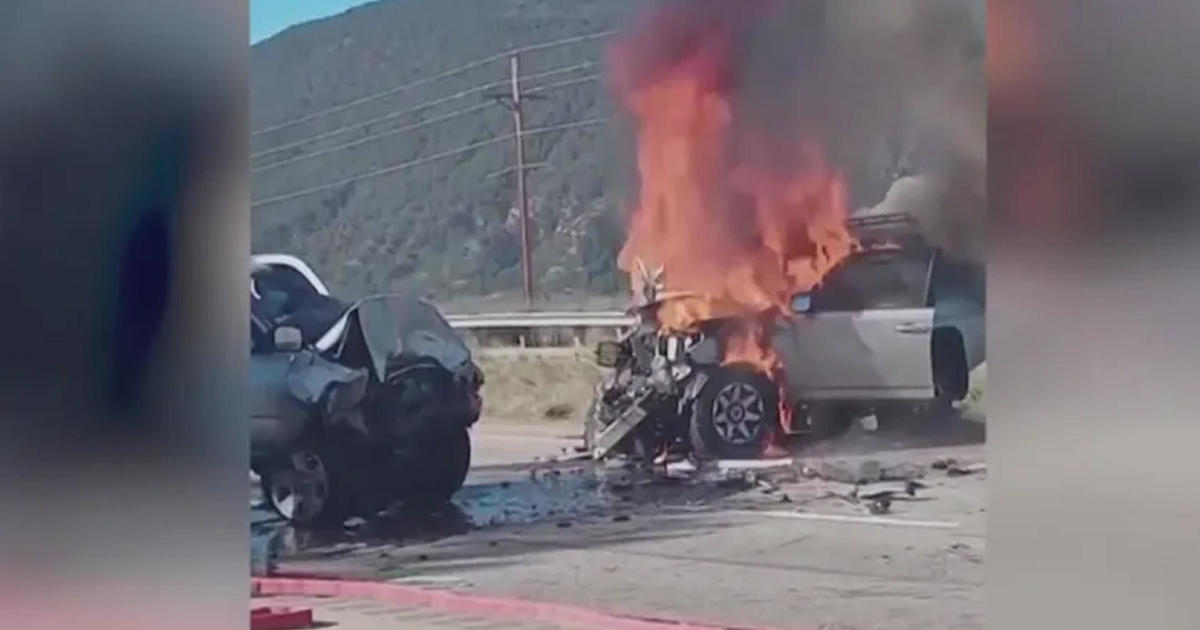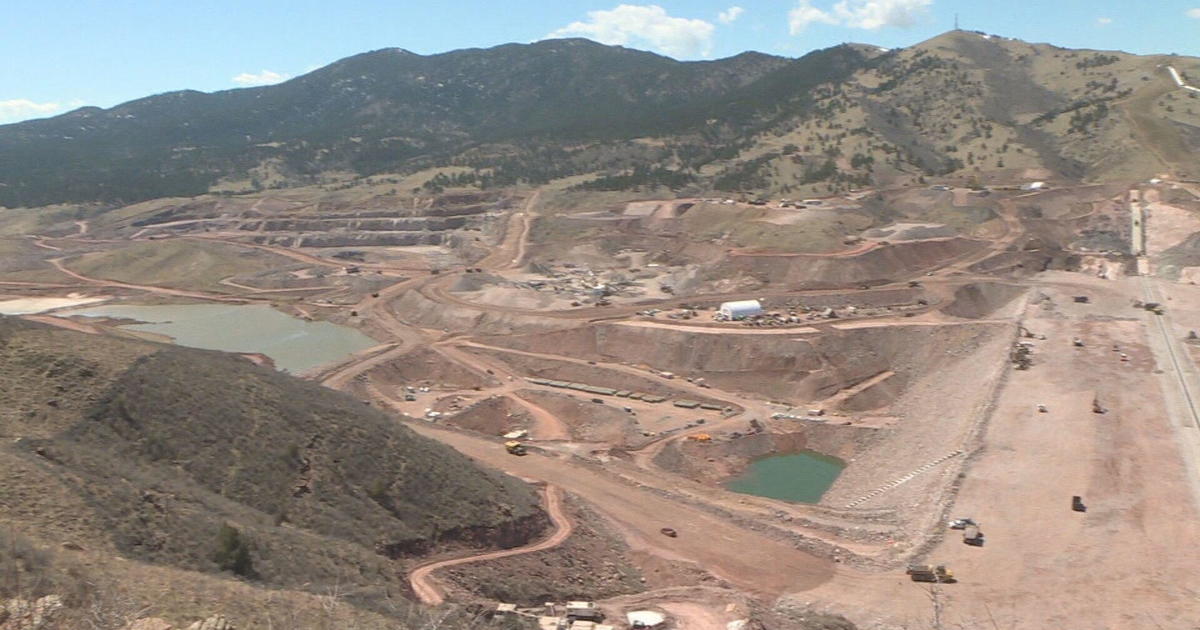Experts Explain How Waldo Canyon Fire Moved Downhill
 COLORADO SPRINGS, Colo. (CBS4) - The Waldo Canyon Fire was a race for firefighters. What could they get done before the weather changed?
COLORADO SPRINGS, Colo. (CBS4) - The Waldo Canyon Fire was a race for firefighters. What could they get done before the weather changed?
"We're basing our actions off of those expected weather forecasts," fire incident commander Rich Harvey said at the time.
When things went downhill on Tuesday, June 26, firefighters were pulled back from the lines. The lines were busted, the fire in a full-on spread into the neighborhoods where it had looked like homes had a chance to survive. They were downhill from the fire and ... heat rises, doesn't it?
The problem was, the fire was dropping down from the sky.
National Weather Service meteorologist Lisa Kriederman was assigned to help the firefighters. She had left her office in Boulder to join fire bosses trying to plan the fight. She knew a few things about how fires create their own weather.
"Basically you can liken them to a chimney effect," said Kriederman. "You have all this heat, down below from the fire and it just wants to move up and it moves up it wants to replace that with incoming air, so it draws in wind from its surrounding area."
State climatologist Nolan Doesken explained why it's so hard to predict.
"What happens is the heat of the fire is so intense, it creates very strong updrafts and those updrafts have to be replaced by air from somewhere else and the air will come in from around the fire in complicated ways, very much a function of how the mountain valley orientations are, very difficult to know in advance."
But Kriederman saw unstable weather that would make it even worse.
Fires make their own weather in a variety of ways. Sometimes fires develop nasty twisting fire tornadoes, also known as fire whirls or vortices. That's caused by cooler air on one side, warmer on the other. The fire starts pulling air to supply oxygen and it spins, faster and faster. The columns of smoke that rise above big fires become their own weather systems.
"It will create a thunderhead, sometimes lightning, sometimes rain, that will usually fall downwind unfortunately of the fire instead of right on it. That will mostly just keep generating strong updrafts, bringing stronger air, winds in and sort of keeping the fire going."
Firefighters on the ground have reported feeling raindrops as they work. The rising columns of smoke cause what are called, pyrocumulous clouds.
"It basically just looks like the top of a thunderstorm and it's just because that air is so hot and it ends up feeding up particles that cloud droplets can attach to and basically form that cloud," said Kriederman.
The Waldo Canyon Fire was pushing up a huge smoke column, carrying hot embers.
"The environment was very unstable and we could see that at 9 a.m.," said Kriederman. "We already started seeing that column of smoke, going up into the air with a little bit of pyrocumulous on top. That really told us that."
While it was sucking in its own air, it was being hit itself. There was a thunderstorm miles away, over the old Hayman Fire burn area. It provided the wind that sent the Waldo Canyon Fire downhill.
"And that was producing outflow wind that spread out radially, and even through it was pushing northeast and away from the Waldo Canyon fire, those outflow winds also were being spread toward the South, towards our fire," said Kriederman. It tipped the heat column over. The column was then hanging over cooler ground, not fire. Then the column dropped.
"It allows anything that was being held up in the air to fall down so there were probably some embers in there as well. There was debris from the trees burning. But mostly it just comes down as a big rush of wind."
Hot embers poured over homes along with wind, driving the fire and ending up causing heartbreak, adding to the destruction that ended with two lives and 346 homes lost.
A bad fire got worse, by making its own weather and being influenced by a storm over another old fire area. It was nature showing its power to overwhelm the best firefighters could do.
